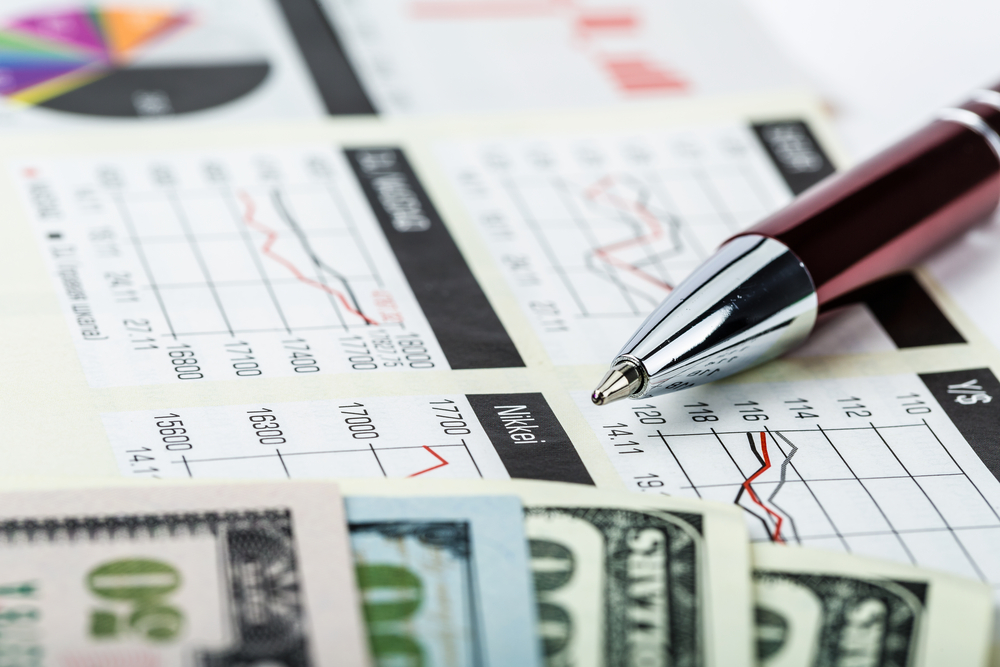If you asked all U.S. stock investors to give their impressions of the quarter just ended, I would bet that most would say it was probably pretty bad. After all, the S&P 500 has fallen nearly every day for two weeks and we have become accustomed to seeing red on our screens, but when you look at the quarter as a whole, while the return on the index was negative over the three months, it was not as bad as many would think.
The S&P closed out Q2 at 4450.38 and closed on Friday at 4288.05. That is a loss of 3.6% on the quarter. Obviously, not great by any means, but not disastrous either. It only feels worse than that in part because of recency bias, but also because the decline has been a slow, grinding one based on real issues and not from some sudden, fear-driven selloff from which a rapid bounce back can be expected. The decline can be attributed to a number of factors. For one, interest rates are still climbing and the idea of “higher for longer” — an extended period of the Fed Funds rate staying above 5% — has become conventional wisdom, just as the effects of the rate hikes are being felt in the economy.
The housing market is finally slowing, consumers are showing signs of tightening their belts somewhat, and businesses are preparing for tough times, with more companies issuing negative guidance (74) than have issued positive (42) in the last earnings season. There is a sense of the inevitable here. Surely, you cannot go from interest rates at zero to above 5% without an impact, right? One would think not, but the fact is that we have nothing on which to base that assumption because tightening has never come off a base of zero before. It is a massive delta, certainly, but when you take the very long, very historical outlook, somewhere around 5% is more neutral than punitive.
Q4, then, will probably be enlightening if nothing else. Assuming the Fed does as forecast and keeps rates at around this level, we will get an early sense of what pressure that will put on the economy. So, what can investors expect over the next three months? The obvious, unhelpful answer is “more uncertainty.”
One hurdle that has been cleared is when Congress, surprise, surprise, reached a last minute deal to pass a stopgap funding bill that will avert a shutdown and kick the can down the road again. This is the now traditional ending to the repeating farce of extremist Republicans holding America hostage in pursuit of ideological goals while Democrats, almost as cynically, seek to profit politically from the other party’s dysfunction no matter what the cost to the country. However, there is one other negative will have an impact this quarter.
Student loan payments will resume today after an extended moratorium. To those without student loans — a group that I am in, having come from England at a time when all higher education was grant-funded — that might not seem like a big deal. However, there is more student loan debt in America than credit card debt, and resuming payments will result in a significant hit to consumer spending power. That will come at a time when the market is expecting more rate hikes from the Fed, as evidenced by the sustained rise in Treasury yields, and businesses are cutting back.
On the plus side, none of that is news. It is just a shift of focus by traders and investors to known negatives rather than hoped-for positives. Indeed, one could argue that it is all pretty much priced in at these levels. On the other hand, sentiment remained positive for a long time as storm clouds gathered, so could stay negative for a while, even as the outlook improves. On June 30, in my piece looking forward to the second half of the year, I said that even though most market watchers were anticipating continued gains in stocks, I was much more pessimistic. That turned out to be right so far, and my view hasn’t changed, at least when it comes to the early part of Q4.
One could say that the slow drop from the highs that we have experienced in Q3 is a sign of a resilient economy and stock market, or you could say that that just means that there are more declines to come. The second of those conclusions is, unfortunately, more realistic. The inevitable slowdown that comes with higher interest rates is beginning to show in the data, and that will continue through the first couple of months of Q4, making the bulls’ arguments less and less convincing over time.
As the end of the year approaches though, traders and investors will start to look forward to 2024, when rate cuts are possible and strength can be expected to return, so an end of year rally is possible. Until that time, though, we can expect more of the same: a slow grind lower in stocks.
The views and opinions expressed herein are the views and opinions of the author and do not necessarily reflect those of Nasdaq, Inc.
Image and article originally from www.nasdaq.com. Read the original article here.

